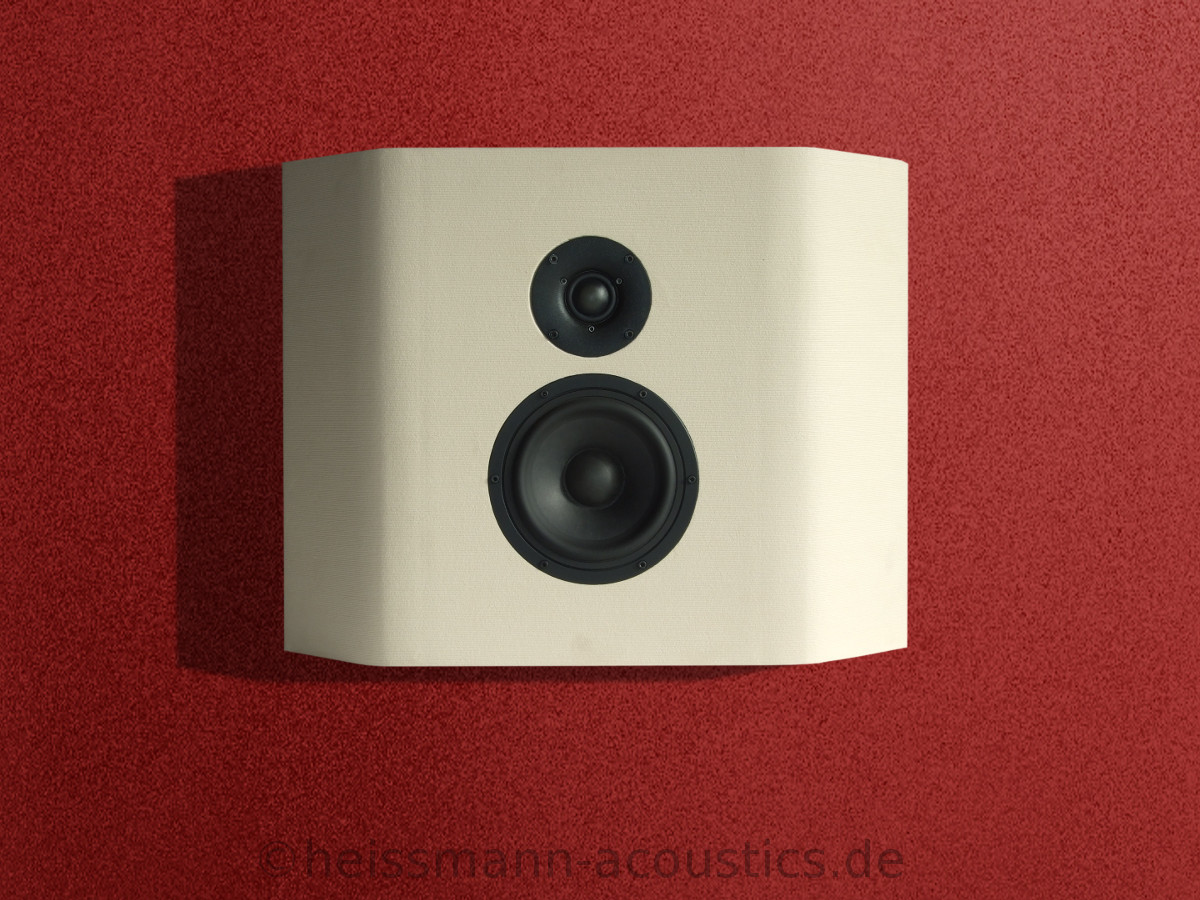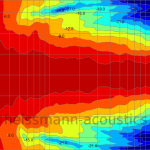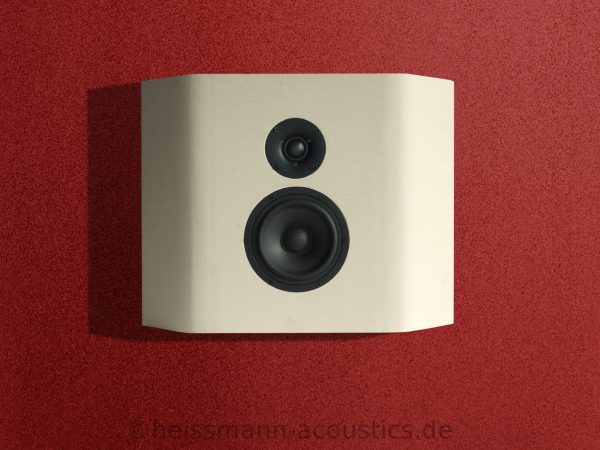For a long time I've been aware that speakers can have waveguides and that speakers normally sound different as you toe them slightly in or out etc. but I didn't really know how it all worked or what the waveguides are supposed to do. Then I watched the very educational video 'Understanding Speaker Measurements' on the ASR channel and now I have some idea and I sort of expect that if this is known that all speakers would have deep waveguides similar to speakers that Amir really likes but that's not the case. So what's going on?

This is the tweeter of a pair of speakers I recently bought and the manufacturer claims wide dispersion despite not much in the way of a waveguide in evidence. Does a dome tweeter need less of a waveguide?
 www.dali-speakers.com
www.dali-speakers.com
I can't find any measurements of these speakers so there is no way of knowing how true the manufacturer claims are. I'm going to get them up on the wall and give them a listen. I'm also interested in trying to measure them myself in some basic way.

This is the tweeter of a pair of speakers I recently bought and the manufacturer claims wide dispersion despite not much in the way of a waveguide in evidence. Does a dome tweeter need less of a waveguide?
Easy to Position
The wide dispersion pattern of the drivers ensures well-integrated sound that drastically reduces off-axis harmonic distortion.
''
Discover the DALI OBERON ON-WALL, a slim, discreet, and surprisingly powerful on-wall speaker. The perfect choice for stereo and surround-sound setups.
I can't find any measurements of these speakers so there is no way of knowing how true the manufacturer claims are. I'm going to get them up on the wall and give them a listen. I'm also interested in trying to measure them myself in some basic way.





